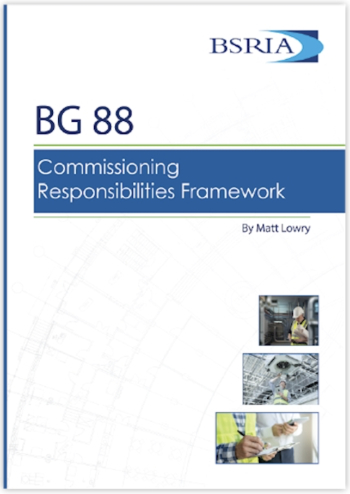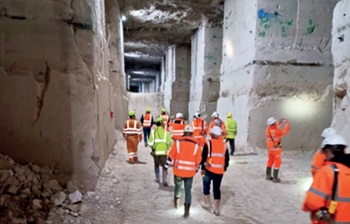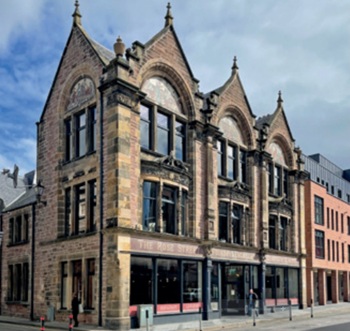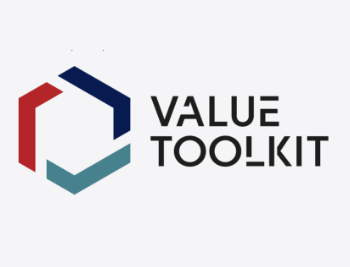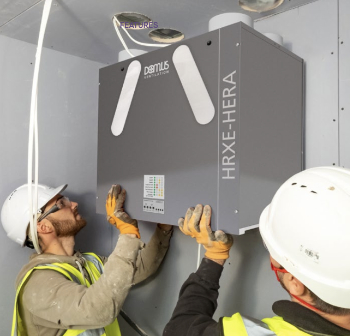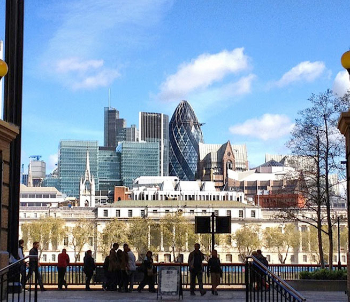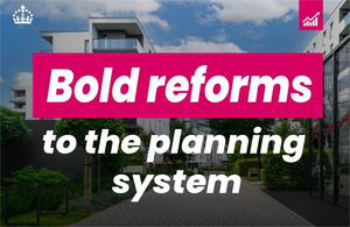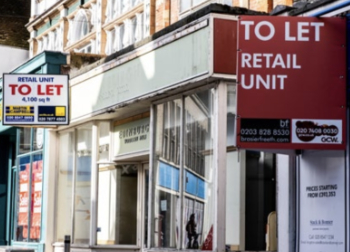Building and Development Procedure in Ghana
This article examines the building and development procedure and value capture in Kumasi, Ghana.
Contents |
[edit] Building and development procedure
A land owner or developer may proceed to apply for a development/building permit after the land title deed has been granted by the various land agencies. If an individual decides to build, he/she may require the service of either an architect, draftsman or engineer, depending on the type of physical structure required (i.e. number of storeys).
Based on the design by the architect, draftsman or engineer, a set of three drawings of the intended physical development must be sent to the Kumasi Metropolitan Assembly, the Works Department (Building Inspectorate Division) where a building permit application may be filed.
Three set of drawings should also be submitted to the Town and Country Planning Department. A Development Permit file is opened for the applicant with payment of a submission fee to the Development Control Unit of the Town and Country Planning Department. This is done upon the recommendation letter issued by the Land Commission which validates the developer as having a title to the land. Copies of the building plans are kept by the Development Control Unit and two copies are sent to the Building Inspectorate Unit.
A surveyor and a building inspector are sent to the applicants’ plot of land for site analysis/inspection. This is done to assess whether the acquired land is 'virgin land' or if there is an already existing physical development.
If there is an already existing structure, any defect or design flaws in the building would not be attributed to any action of the Kumasi Metropolitan Assembly, since development had already taken place before the issuance of a development/building permit. The client or applicant, upon assessment by the surveyor, is then granted a permit to build upon the approval of a building permit by the Metropolitan Engineer.
Afterwards, a 15-member committee vets the building plans submitted by the applicant/developer. Out of this, a 3-member committee is selected representing the Technical Sub-committee made up of experts in the land and built environment departments, to make recommendations on the set of building drawings provided by the applicant/developer.
Based the recommendation of the 3-member committee, the developer’s building plans may be approved, rejected and or deferred.
On an issue of deferment a developer may be required to correct the flaws in the building plans and later be considered for approval. Upon the recommendations made by the Technical Sub-committee, the Statutory Planning Committee (Kumasi Planning Committee), chaired by the Mayor, make approval on the various development and building applications submitted for permits within a three month period of application process.
[edit] Reasons for failure
There are several reasons why developers fail to acquire a development/building permit before actual construction on site. These include the following:
Inadequate public education and awareness on the essence of acquiring development/building permit before actual construction can be done on site.
Deliberate violation of Acts, Statutes and Ordinances governing the acquisition of development/building permit. In an attempt to evade any sanction or penalty by the city government, the developer may resort to a politician who can influence the entire process of permit; hence sometimes the developer is compelled not to even seek for any approval or permit from Kumasi Planning Committee.
The high cost involved in processing and acquisition of the development/building permit. This includes the levying of high statutory fees and submission on developers’ building plans, and is of much concern since it often discourages developers from seeking a permit before actual construction on site begins.
The high level of bureaucracy in processing development/building plan applications before planning permission can be granted is one of the major factors that deters developers from acquiring a permit. This situation often compels even developers who have applied for a permit to begin construction work while the application process is ongoing.
The duration for granting a permit is often 3 months, but it can take a year or two for it to be issued to a developer. This situation is due to the fact that Statutory Planning Committee meetings are held quarterly which means that thousands of building plans cannot be vetted and approved within this limited period of time.
[edit] How building/development procedure influences value capturing
Raising of public awareness to ensure high level of participation on the importance and benefits of acquiring the land title and permit before construction can be undertaken.
Public announcements could be made to contract citizens in their various localities to expose developers who put up illegal or unauthorised developments. Also, a proper monitoring team or task force must be put in place to monitor the rate of physical development.
On the issue of probity and clarity with regards to the processing of permit applications, there should be proper monitoring and supervision of building inspectors, technical officers and physical planners on their day-to-day activities with regards to vetting and assessing the amount to be paid as statutory fees/submission fees.
The issue of affordability is of major concern, and the willingness and ability of developers to pay statutory and submission fees must be considered by the public body (Kumasi Metropolitan Assembly). The marginal reduction of statutory fee/submission fees rate at the Fee Fixing Resolution Committee may serve as an incentive to encourage potential or prospective developers feeling reluctant to adhere to the legislation governing acquisition of the permit. The government can also decide to offer subsidies in the form of assimilating 10% discount of the statutory fees paid by the developer to the Kumasi Metropolitan Assembly.
There should be a high level of integration, collaboration and coordination between the Works Department and other built environment departments such as the Town and Country Planning Department, Lands Commission, Asantehene Land Secretariat and other critical stakeholders (developers). This will help manage and control the interest and influence each of the main actors have in every building project undertaken by a developer within the city of Kumasi.
This article was written by Akwasi Acheampong.
--Nana1990
[edit] Related articles on Designing Buildings Wiki
Featured articles and news
Commissioning Responsibilities Framework BG 88/2025
BSRIA guidance on establishing clear roles and responsibilities for commissioning tasks.
An architectural movement to love or hate.
Don’t take British stone for granted
It won’t survive on supplying the heritage sector alone.
The remarkable story of a Highland architect.
The Constructing Excellence Value Toolkit
Driving value-based decision making in construction.
Meet CIOB event in Northern Ireland
Inspiring the next generation of construction talent.
Reasons for using MVHR systems
6 reasons for a whole-house approach to ventilation.
Supplementary Planning Documents, a reminder
As used by the City of London to introduce a Retrofit first policy.
The what, how, why and when of deposit return schemes
Circular economy steps for plastic bottles and cans in England and Northern Ireland draws.
Join forces and share Building Safety knowledge in 2025
Why and how to contribute to the Building Safety Wiki.
Reporting on Payment Practices and Performance Regs
Approved amendment coming into effect 1 March 2025.
A new CIOB TIS on discharging CDM 2015 duties
Practical steps that can be undertaken in the Management of Contractors to discharge the relevant CDM 2015 duties.
Planning for homes by transport hubs
Next steps for infrastructure following the updated NPPF.
Access, history and Ty unnos.
The world’s first publicly funded civic park.
Exploring permitted development rights for change of use
Discussing lesser known classes M, N, P, PA and L.
CIOB Art of Building photo contest 2024 winners
Fresco School by Roman Robroek and Once Upon a Pass by Liam Man.








